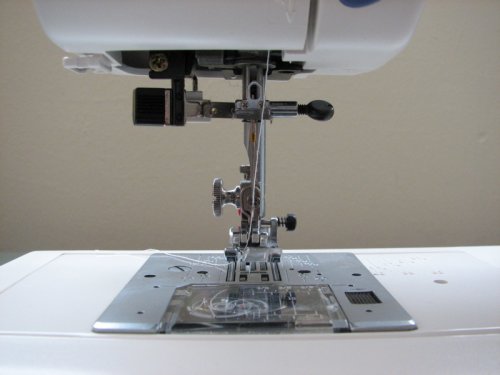It you enjoy crafting and/or modifying your own garments and accessories, you might be wondering whether or not leather is a suitable material for sewing. Cotton, wool and other common fabrics are generally easy to sew. Using either a sewing machine or by hand, you can sew these fabrics with relative ease. But leather is thicker and rougher than cotton, adding a new dynamic to the otherwise simple process of sewing.
So, does this mean leather is too thick to sew? Not necessarily, but it will take a different approach than sewing traditional fabrics and materials. Attempting to run genuine leather through a sewing machine just like any other fabric could damage either the leather or the sewing machine (or both). That’s why we’re going to provide some essential tips on how to sew leather.
Choosing the Right Leather
First and foremost, it’s important to note that certain types of leather are easier to sew than others. Ideally, you should choose the thinnest leather possible, as this will allow you to feed it through the sewing machine more easily. The thicker the leather, the greater the resistance, which often leads to the sewing machine jamming or not creating stitches in the correct places.
Plan Your Stitches and Seams Ahead of Time
The golden rule of sewing leather is to plan all of your stitches and seams ahead of time. Leather is far too easy to damage if you aren’t careful with the placement of your stitches and/or seams. And to further complicate the problem, there’s no way to “undo” damage to leather.
Use a Sharp Needle
Check your needle before sewing leather to ensure it’s sharp and clean. Dull needles won’t be able to effectively penetrate through the tough exterior of leather, at which point the sewing machine may jam. If necessary, replace the needle with a new one. Needles are cheap and readily available at most sewing stores.
Don’t Use Pins
Clothes pins are a great way to hold fabric in place while you sew. However, you shouldn’t use them when sewing leather. Each time you place a pin into leather, it creates a visible hole. Cotton and wool generally close up once the hole is created, leaving no visible marks behind. Unfortunately, the same isn’t true with leather. For this reason, it’s recommended that you avoid using pins when sewing leather.

